
Why I’m Investing in Glamping
The Fastest Growing Travel & Recreational Real Estate Market Sector.
Truth be told, I have a genuine personal need to understand how things work and why. Now, its not all bad. My innate curiosity has been the catalyst to the majority of my most positive life experiences, and without question my most lucrative investments decisions. Most recently the decision to know and understand the recreational real estate sector, and specifically the meteoric growth being realized in luxury RV and Glamping Campgrounds. The idea that someone would spend north of half a million on an Entegra or Newmar motorcoach to 3 million in the case of some Newell and Prevost coaches to park and sleep in a campground, frankly baffled my mind. that was until Covid-19 pandemic hit and we purchased ours; so as to be able to continue to travel for work and still enjoy recreation time without unnecessary contact during active social distancing protocol enforcements. They say necessity makes us do what we never considered before. This was true in our case and it has led to some of the best experiences we have ever had. So much so that it is the initiative behind the investigation, the results of which we are sharing here with you in the following content.
I am often asked why and how I choose to pull the trigger on one investment opportunity and elect to pass on another? In most cases I’m unable to offer a simple or uncomplicated answer. I think my best answer would be that my investment learning never stops. I have always been naturally curious about most everything that I have encountered in life. It turns out you see, that apparently I’m a bit of a nerd. “Why? has always been the most challenging word in my vocabulary. I’d also have to say one of the most expensive ones as well.
“Necessity is the mother of invention”
Our in depth Investigation into the recreation real estate market sector began with our own purchase of a luxury forty five foot “Diesel Pusher” (DP),Class A Motorcoach in 2020. Our introduction into this medium of travel opened the door to a number of industry related personal experiences and relevant education, some good and not so good alike. We found that when booking stays at some locations that our size and electrical demand presented restrictions on where we could stay. Some facilities only had 30 Amp electric service, some only a few spots available with 50 Amp or the physical space we required. Some places we went to had the support resources, but had not upgraded their road infrastructure and in some cases silly things like tree trimming had not been matched to the size of the equipment entering the park, resulting hanging branches that threatened roof strikes.. These and a myriad of other influences and functional nuances all contributed to the quality of the overall experience had.
This is where attitude substantively plays into the equation. Generally being a blue-sky, glass half full sort of guy, has made our family experiences RVing a source of regularly found new opportunities. Each experience has presented us with a number of unique and promising opportunities for us to potentially exploit as an investor, the RV, and Glamping Park sector is backed by a broad number of strong market trends as well as very compelling financial and tax advantages. Here are my personal top reasons to consider this exciting investment sector as an addition to our diversified investment portfolio:
1. The User Demand for Quality Recreational RV Parks Has Exceeded the Available Supply
The demand for quality RV parks has been soaring, especially during, and now post the COVID-19 pandemic. In 2021, a whopping 93.8 million people went camping, indicating a significant rise in outdoor recreational activities. KOA’s 2022 camping report revealed that between 2014 and 2021, more than 22 million new households embraced camping as a regular activity. This surge in demand has surpassed the available campsite capacity, leading to higher prices and impressive returns for investors. Moreover, the expanding camping demographic has resulted in increased sales of luxurious motorcoaches and fifth-wheels, making it harder for campers to find suitable spots at older park facilities with more limited electrical, waste management water and road infrastructure resources.
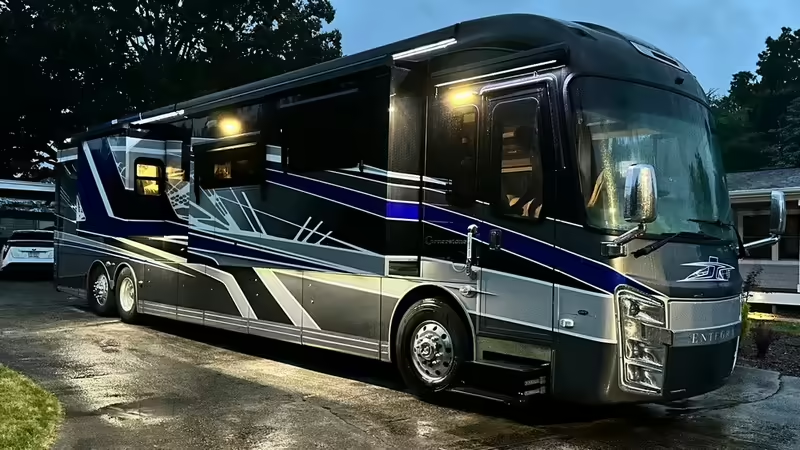
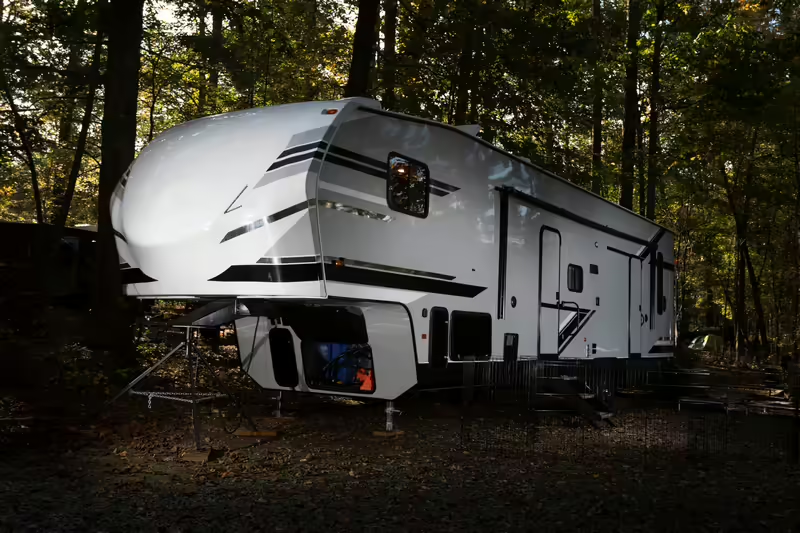
2. RV Parks Provide a Steady Source of Income
RV parks generate reliable income through a mix of monthly, long-term, short-term/Transient, daily rentals and up-sell recreational value add’s. This collection of diversified income stream ensures consistent revenue regardless of seasonal variations or inevitable market fluctuations, that so adversely impact other real estate investment sectors. The net effect improved financial stability and greater upsides for sector investors.
3. Low Maintenance and Long-Term Growth Potential
Operating an RV park typically requires minimal maintenance, as many physical areas are kept naturally grassy and gravel, with a focus on embracing the natural beauty of the topography and region; or are paved and require little active upkeep. thus reducing operational costs and the need for major regular repairs. Furthermore, RV parks offer significant long-term capital growth potential due to their property intrinsic real estate value, and multi faceted appreciation drivers, further enhanced by a steadily growing market demand and expanding user base. Overall, the RV park sector offers more upside earning potential than identifiable downside risk.
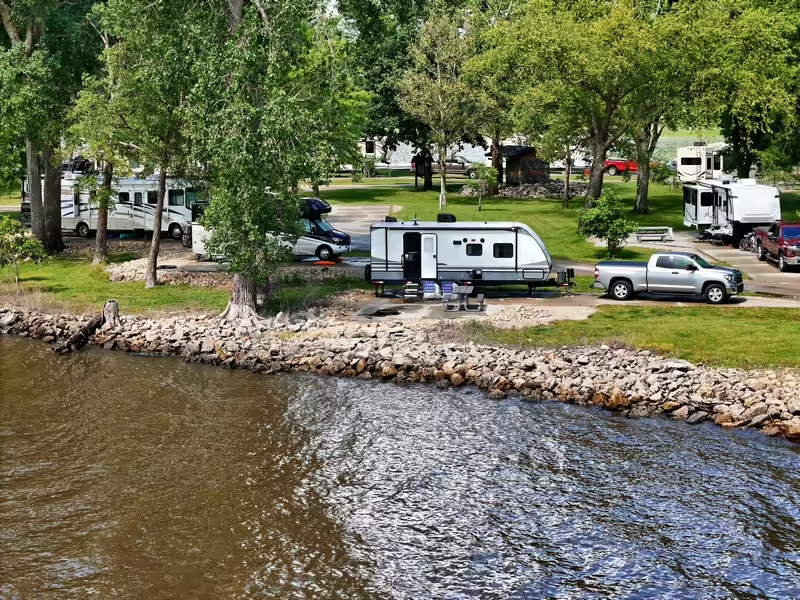
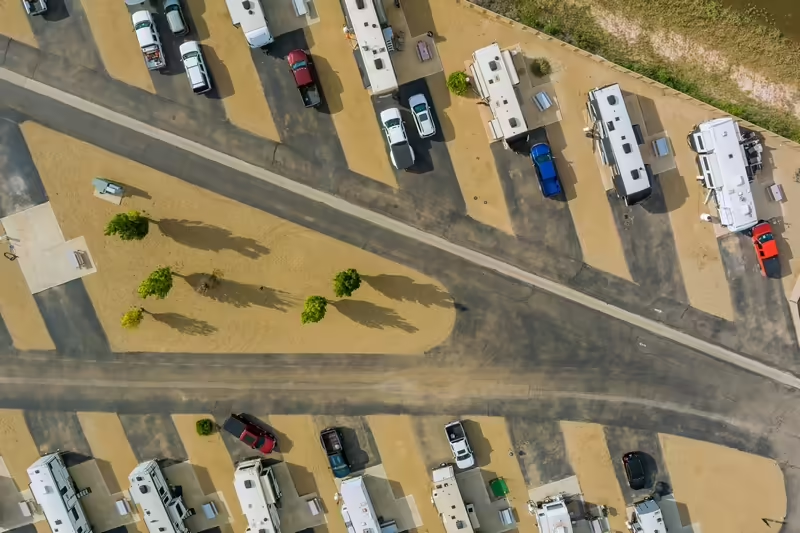
4. Tax Benefits
Investing in RV parks offers substantial tax advantages. Many parks are actually established in agricultural zoning districts which enjoy lower taxation rates than other commercial properties. Investors can deduct expenses such as repairs and equipment upgrades. Additionally, many states provide property tax exemptions for properties held in LLC or corporate structures, enabling further financial savings .
5. Low Barrier to Entry
The initial capital requirements for investing in RV parks are generally lower than those for other real estate investments. Many RV parks achieve cash-flow positivity within the first few years of operation. While luxury RV parks with extensive amenities may have higher entry costs, the overall barrier remains substantially lower than that for real estate ventures involving permanent structures and complex development schemes.
6. Potential for Revenue Diversification
RV parks offer multiple revenue streams beyond traditional campsite rentals. Glamping, Cabin rentals, and other similar up-sells. Investors can capitalize on RV storage, Boat and equipment rentals, amenities such as laundry and vending machines, and concessions from selling food or merchandise. This diversification enhances profitability and mitigates underlying investment risks.
7. Fragmented Market
The U.S. RV park industry is highly fragmented, with over 8,000 parks, 90% of which are owned by small mom and pop investors with five or fewer properties. This fragmentation presents significant acquisition opportunities, allowing investors to consolidate properties and add significant value, thereby achieving higher returns faster.
8. Rising RV Sales
While it is true that 2023/2024 has delivered lackluster sales performance numbers for most sector manufacturers; greatly attributable to elevated interest rates, the net is that RV ownership has still increased by more than 62% since 2001, with an estimated 11 million RVs owned nationwide. The RV Industry Association’s 2024 report indicates continued robust overall sales, projecting a 5% year-over-year growth in RV shipments. Now admittedly many of these sales are prior year model leftover sales and pre-owned unit sales, the end result is an overall increase in the total net number of users camping across the country. Notable growth in the “glamping” trend has also gained popularity among urban households, contributing to the increased demand for RV parks. KOA’s 2023 report notes that 44% of glampers plan to choose camping over other leisure trips in the coming year .


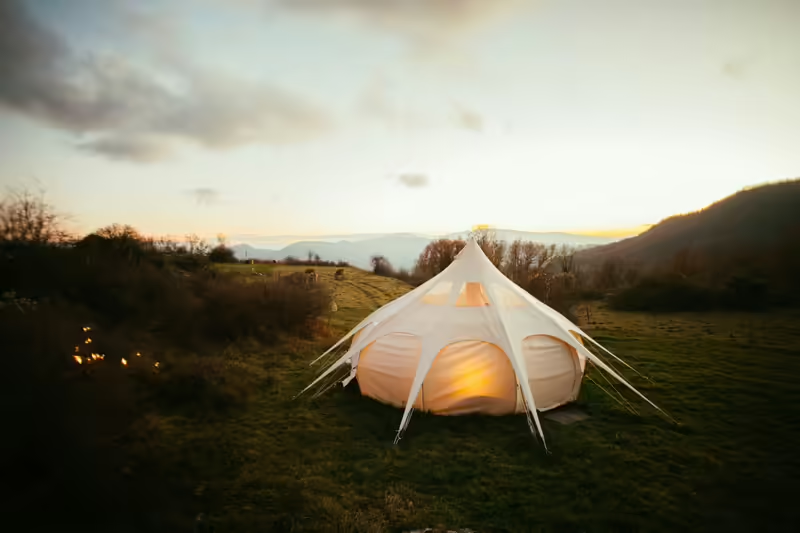
9. Recession-Proof Investment
RV parks are often considered recession-proof due to their disproportionately low operational costs, steady rental income, multiple vertical revenue streams, and broad tax benefits. During economic downturns, RV parks remain profitable by offering a more affordable alternative to expensive hotels and resorts. Historical data from the 2008 recession shows that RV parks continued to see revenue growth while other asset classes declined .
10. Higher Occupancy Through RV-Sharing Apps
The internet driven sharing economy has positively impacted RV park occupancy rates through RV-sharing apps like Dirt, Trip wizard, Harvest Host, Outdoorsy and GoodSam, and others. These platforms have expanded the market by making RV rental sites more easily identifiable, as well as more accessible, resulting in easier booking and increased demand for reputable RV parks. This trend is expected to continue, ensuring continued high occupancy rates and increased revenue growth for RV park owners .
Predictive Analysis and ROI
The RV market’s continued growth in 2024, supported by robust sales data, suggests a sustained demand for RV parks. Investors in this sector are likely to experience favorable returns due to high occupancy rates and diversified revenue streams. A predictive analysis indicates that as RV ownership and the popularity of outdoor recreation increases, the value and profitability of RV parks and campgrounds will continue to rise. According to industry reports, investors can expect annual returns ranging from 8% to 12%, with some high-demand locations achieving even higher ROI performance.
Risks to Consider in RV Park & Campground Investments
While investing in RV parks presents numerous upside benefit opportunities, it is crucial to recognize and evaluate potential risks associated with any investment and this this asset class is no different. The following are significant risks that encourage investors to consider within their own analysis:
1. Market Dependence on Major Employers or Attraction
While this consideration impacts on mobile home parks more than RV parks it remains a valid consideration. Investing in RV parks located in markets heavily reliant on a single attraction or large employer can pose a substantial risk. Should the attraction experience a downturn or the employer downsize or relocate, the local economy could suffer, leading to decreased occupancy rates and lower rental income for the RV park. Investors must conduct thorough market analysis to ensure economic diversity and stability in the area. An additional focus can be to center on ensuring that the considered park is in itself a destination focus.
2. Aging Utility Infrastructure
Many RV parks, especially those established over 50 years ago, may have outdated utility infrastructures. This can result in higher initial investment or recurring elevated maintenance costs, unexpected repairs, and potential disruptions in service. Investors should conduct comprehensive inspections and budget for necessary upgrades to mitigate these risks.
3. Property Management Challenges
Managing an RV park with a high volume of low-income tenants can be challenging, particularly if the property management company lacks experience or capacity. Inefficient management can lead to operational inefficiencies, increased tenant turnover, and decreased tenant satisfaction. Investors must be able to manage their investment or thoroughly vet hired property management companies to ensure they have the requisite expertise and organizational resources to support the facility.
Mitigation Strategies
As always risks can be effectively managed through thorough due diligence and strategic planning. Key risk mitigation strategies include:
- Market Analysis: Conduct detailed research on the local economy, employment trends, and demographic shifts to ensure a diversified and stable market.
- Infrastructure Assessment: Perform comprehensive inspections of the RV park’s infrastructure and plan for necessary upgrades to avoid costly repairs.
- Property Management Selection: Select a property management company with a proven track record in managing similar properties, ensuring they have the capacity to handle the specific challenges of the RV park.
Investors with experience, discipline, and a methodical approach can significantly reduce these risks, enhancing the potential for successful and profitable RV park investments.
The Bottom Line
Investing in RV parks and campgrounds is a promising opportunity for real estate investors seeking to capitalize on the growing trend in outdoor recreation and camping. With a low barrier to entry, potential for revenue diversification, and a recession-proof nature, RV parks and campgrounds offer an attractive investment with minimal risk and maximum return. The rise of RV-sharing apps available on the web further enhances this investment’s appeal, ensuring higher occupancy rates and lower marketing cost for years to come. In 2024 and beyond, RV parks are a worthwhile consideration for investors looking to enter the real estate market; especially those that don’t have the larger capital resources typically required to support site and building development.
Footnotes
- “Camping and Outdoor Participation Report.” KOA, 2022. https://www.naiohb.com/2022-koa-annual-north-american-camping-report/
- “Camping and Outdoor Participation Report.” KOA, 2022.
- “Tax Benefits of RV Park Investments.” Forbes, 2022. https://www.forbes.com/sites/forbesbusinesscouncil/2023/08/17/the-pros-and-cons-of-mobile-home-park-investing/
- “Investing in RV Parks: An Overview.” RV Industry Association, 2022.
- “RV Park Industry Analysis.” National Association of RV Parks & Campgrounds, 2022.
- “RV Industry Growth Trends.” RV Industry Association, 2024.
- “North American Camping Report.” KOA, 2023.
- “Recession-Proof Investments: RV Parks.” Investopedia, 2022.
- “Economic Impact of Major Employers on Local Markets.” U.S. Bureau of Labor Statistics, 2023.
- “Aging Infrastructure in RV Parks.” National Association of RV Parks & Campgrounds, 2022.
- “Effective Property Management Practices.” Institute of Real Estate Management, 2023.
- “Due Diligence in Real Estate Investments.” Investopedia, 2022.
